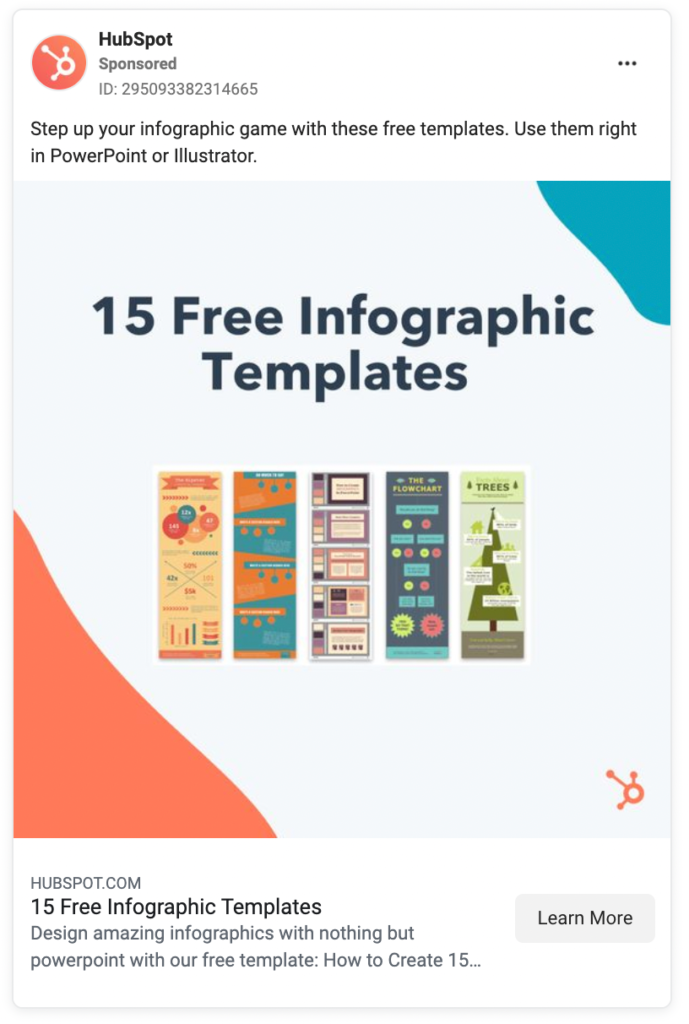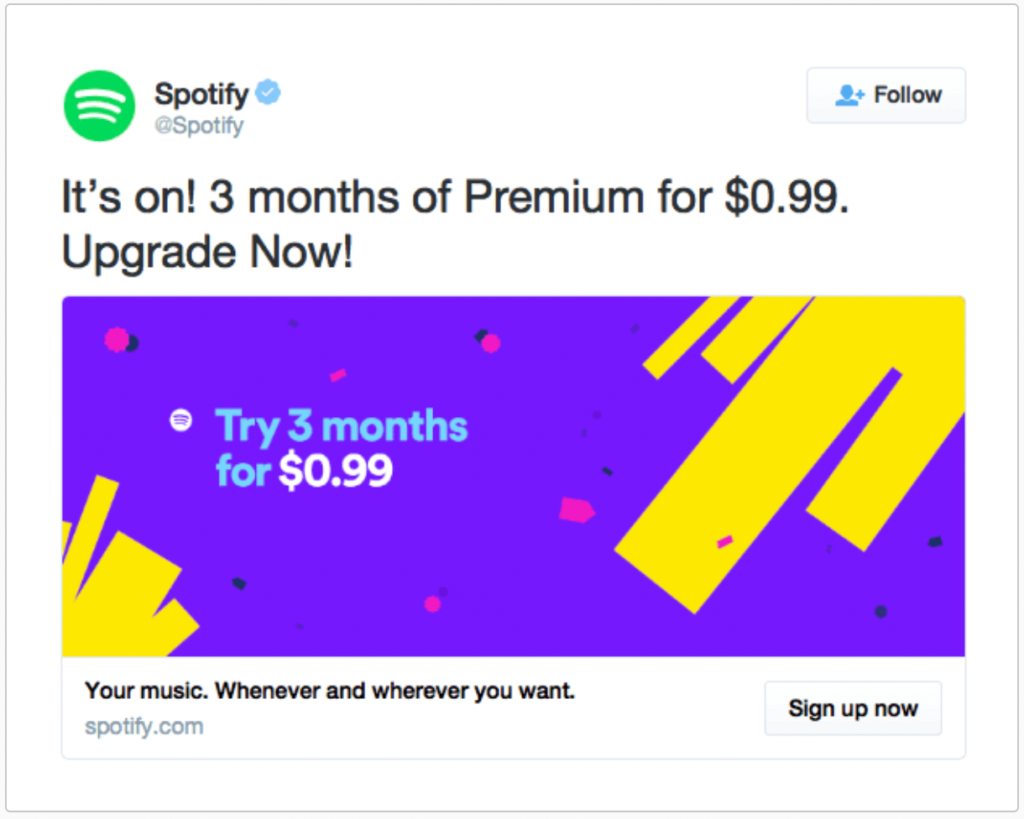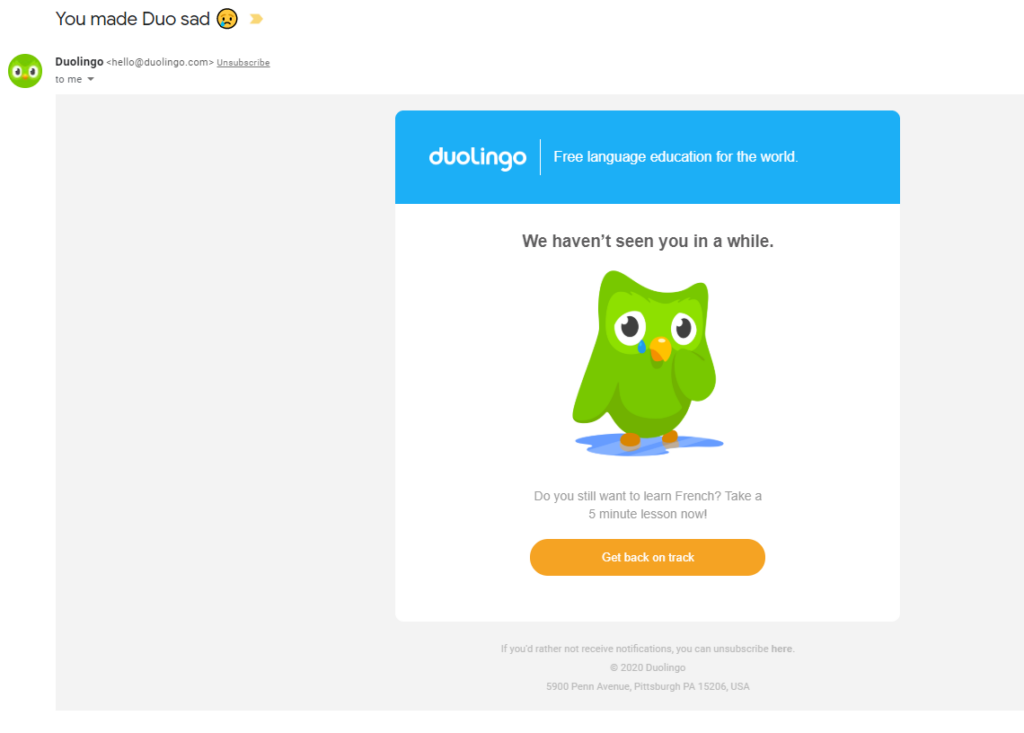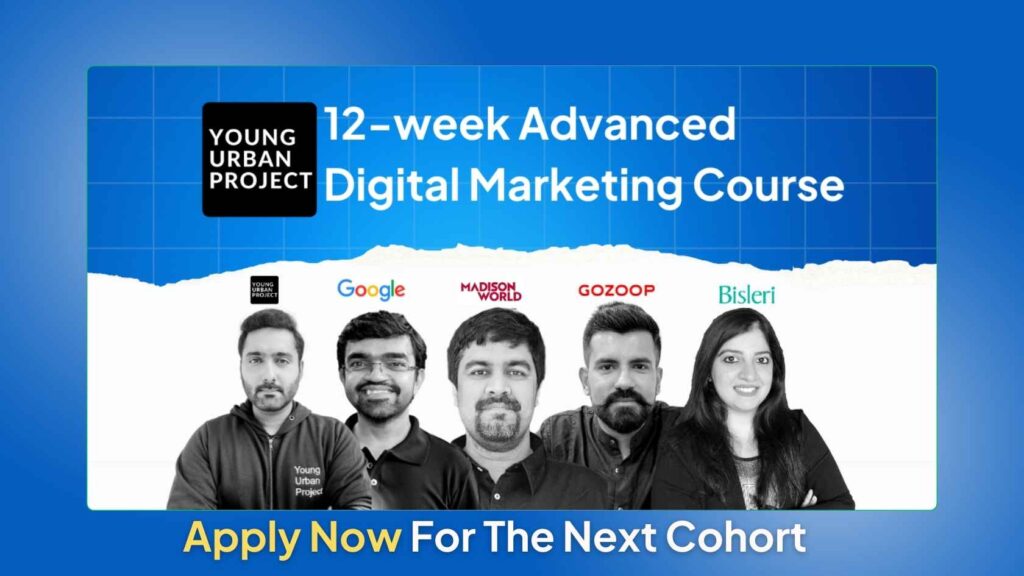In digital advertising, two terms often used interchangeably are remarketing and retargeting. Though closely related, they each have distinct strategies and methods for reaching potential customers. Understanding these differences is crucial for businesses that aim to boost conversion rates and grow their online presence effectively.
Table of Contents
In this guide, we will break down the meaning, examples, and best practices for remarketing and retargeting and help you determine which approach suits your business. And tell you why it isn’t retargeting vs remarketing but retargeting and remarketing.
What is Retargeting?
Retargeting focuses on re-engaging users who have interacted with your website but haven’t converted. This is achieved through digital ads that “follow” these users across the web, reminding them of your offerings.
- Key Techniques:
- On-Site Retargeting: Targets visitors based on their interactions with specific products, services, or pages on your site.
- Off-Site Retargeting: Reaches potential customers based on their behavior on external platforms, such as search engine activity or interactions with partner sites.
- Best Practices:
- Use dynamic ads to showcase products users have viewed.
- Employ frequency caps to avoid overwhelming users with repeated ads.
- Leverage platforms like Google Display Network and Facebook Ads for diverse reach.
Retargeting examples
1. Hubspot

2. Spotify

What is Remarketing?
Remarketing is about re-engaging past or current customers to encourage repeat business or upselling. Unlike retargeting, it often relies on email campaigns to deliver personalized offers, updates, or promotions.
- Key Channels:
- Email campaigns tailored to user behavior.
- Cross-channel strategies combining emails with social media and display ads.
- Hybrid approaches using both digital and traditional media, such as mailers.
- Advanced Tactics:
- Offer loyalty rewards or special discounts to repeat customers.
- Run win-back campaigns for dormant users.
- Highlight product upgrades or complementary services.
Remarketing examples
1. Duolingo

Retargeting vs Remarketing
At first glance, retargeting and remarketing sound similar. Both aim to re-engage potential customers, push them further down the sales funnel, and ultimately lead to conversions. But the magic lies in how they do it.
Here’s a quick snapshot:
- Retargeting is all about using paid ads to re-engage users who’ve interacted with your website or app.
- Remarketing typically relies on email campaigns to re-engage your existing customer base or past website visitors.
Both strategies are part of a broader customer retention and conversion optimization toolkit. Now, let’s dig deeper into how they differ, when to use each, and the best practices for success.
Here is a table of comparison: Retargeting vs remarketing
| Aspect | Retargeting | Remarketing |
| Primary Objective | Re-engage potential customers who showed interest but did not convert. | Reconnect with past customers to encourage repeat purchases, upsells, or re-engagement. |
| Target Audience | People who visited your website, browsed products, or added items to their cart but didn’t buy. | Existing or previous customers who have purchased, subscribed, or shown long-term interest. |
| Execution Method | Uses paid ads displayed on external platforms like social media, search engines, or partner sites. | Primarily relies on personalized email campaigns, direct mailers, or in-app notifications. |
| Data Sources | Behavioral data such as web activity, abandoned carts, and ad clicks. | First-party customer data like email addresses, past purchases, or subscription history. |
Channels Used | Google Display Network, Facebook Ads, Instagram Ads, LinkedIn Ads, and programmatic advertising. | Email marketing platforms (e.g., Mailchimp, Klaviyo), CRM systems, and sometimes direct mail. |
| Engagement Tactics | – Dynamic ads showcasing previously viewed products. – Sequential ad messaging for funnel progression. – Frequency caps to avoid ad fatigue. | – Personalized email campaigns offering discounts or exclusive deals. – Loyalty rewards and win-back offers. – Event-triggered emails (e.g., cart abandonment reminders). |
| Cost | Generally higher as it involves paid ad campaigns and bidding for placements. | More cost-effective since it often uses owned marketing channels like email. |
| User Intent | Primarily targets users still in the consideration phase of the purchase funnel. | Focuses on users in the post-purchase or dormant phase of the customer lifecycle. |
| Creativity & Messaging | Requires compelling visuals and copy to stand out in crowded ad spaces. | Leverages storytelling, exclusive offers, and a personal tone to re-establish trust. |
| Measurement Metrics | – Click-through rates (CTR). – Impressions and reach. – Conversions (e.g., purchases, signups). | – Open rates and click-through rates. – Conversion rates (e.g., completed purchases). |
| Ideal For | – E-commerce businesses. – SaaS companies targeting free trial users. – Any brand aiming to drive immediate conversions. | – Subscription services. – Brands focused on retention and customer lifetime value. – Nurturing loyalty programs. |
| Compliance Concerns | Requires adherence to privacy laws like GDPR and CCPA, particularly in cookie usage and consent. | Must comply with anti-spam laws, such as CAN-SPAM or GDPR, for email marketing practices. |
| Scalability | Easily scalable to target a large audience pool across platforms using cookies or pixel data. | Limited by the size of the existing customer or subscriber database. |
| Example Scenarios | – Displaying ads for a recently viewed camera on Instagram. – Promoting event registration to users who clicked on the event page. | – Sending a 20% discount email to customers who haven’t purchased in six months. – Emailing an upsell offer for a premium plan to a basic subscriber. |
Also read: The Importance of Marketing in Business
Emerging Trends
1. AI-Enhanced Personalization
Both strategies are now leveraging AI to deliver hyper-personalized experiences. Retargeting ads can dynamically showcase products based on user behavior, while remarketing emails use AI-driven recommendations to upsell.
2. Privacy-First Strategies
With tightening privacy regulations like GDPR and CCPA, businesses are shifting to first-party data for both retargeting and remarketing. Consent-based targeting has become critical to maintaining customer trust.
3. Cross-Channel Integration
Marketers increasingly combine retargeting and remarketing to create seamless customer journeys. For example, a user who interacts with a retargeting ad might later receive a remarketing email, creating a cohesive experience.
4. Video and Interactive Content
Both tactics are benefiting from the rise of interactive formats like video ads for retargeting and gamified emails for remarketing, which capture attention more effectively.

Advanced Strategies for Implementation
For Retargeting:
- Segment Audiences by Intent: Customize ads based on user actions (e.g., browsing, cart abandonment).
- Use Dynamic Retargeting: Show personalized ads featuring products or services a user engaged with.
- Leverage Sequential Messaging: Deliver a series of ads that guide users down the funnel.
For Remarketing:
- Automate Email Campaigns: Use triggers like cart abandonment or inactivity to send automated emails.
- Incorporate User-Generated Content (UGC): Include testimonials and reviews in emails to build trust.
Offer Time-Sensitive Discounts: Create urgency to drive quicker conversions.
When to Use Retargeting vs Remarketing
Retargeting is Ideal For:
- Cold Leads: Visitors who’ve interacted with your website or social content but haven’t converted.
- High-Intent Actions: Cart abandonments, visits to pricing pages, or repeat visits to product pages.
- Brand Recall: Ensuring users remember your brand by appearing on their preferred platforms.
Remarketing Works Best For:
- Customer Retention: Re-engaging existing customers to drive loyalty.
- Dormant Leads: Bringing back users who haven’t interacted in a while.
- Upselling or Cross-Selling: Promoting related products or services to existing customers.
FAQs: Retargeting vs remarketing
1. What’s the difference between retargeting and remarketing?
Retargeting and remarketing may seem similar, but they’re used differently. Retargeting primarily uses online ads(Google Ads or social media ads) to reach people who’ve visited your website but didn’t take action, like making a purchase or filling out a form. It’s more about re-engaging potential customers who showed interest but didn’t convert.
Remarketing, on the other hand, is more focused on reconnecting with past customers or leads through email campaigns. For example, you might send an email to someone reminding them of the items they left in their cart or offering them a discount to bring them back. Both strategies aim to win back interest, but they use different tools to do so.
2. Is remarketing more effective than retargeting?
It’s not really a question of which is better but more about what you’re trying to achieve. If your goal is to nurture relationships with people who are already familiar with your brand—like past buyers or email subscribers, then remarketing is a great choice. It works well for reactivating dormant customers or encouraging repeat purchases.
Retargeting, on the other hand, shines when you want to focus on new visitors who showed initial interest but didn’t convert. For instance, if someone browses your products but leaves without buying, retargeting ads can follow them around on social media or other websites to remind them of what they’re missing. So, the effectiveness depends entirely on your campaign goals and audience.
3. How do I set up remarketing campaigns?
Setting up a remarketing campaign is simpler than you think. The first step is to segment your audience. For example, separate customers who’ve purchased before from those who abandoned their carts or browsed specific products.
Next, choose your channel. If you’re focusing on email, tools like Mailchimp or Brevo are great for creating automated campaigns. For ads, you’ll need platforms like Google Ads or Facebook Ads.
Finally, personalize your content. This could mean crafting a discount offer for cart abandoners or sending a “we miss you” email to past customers with personalized recommendations. The key is to make the content relevant to the actions your audience has already taken.
4. How do I measure success in remarketing or retargeting?
The key to measuring success lies in tracking the right metrics. Conversion rate is often the most important, are people completing the desired action, like purchasing a product or signing up for your service?
For ads, you’ll want to track click-through rates (CTR) to see how many people are engaging with your content. Return on ad spend (ROAS) helps you understand if your investment is paying off.
Don’t forget engagement metrics. For email campaigns, this means tracking open rates, click rates, and even unsubscribe rates. These numbers give you a clear picture of what’s working and where you need to tweak your approach.
5. Retargeting vs remarketing: Which is better?
The answer depends entirely on your objectives. Retargeting is best for immediate results, such as converting people who have shown interest but haven’t completed the action. It’s like giving them a little nudge with a well-timed ad.
Remarketing, however, focuses on long-term relationships. It’s ideal for reconnecting with past customers, building loyalty, and encouraging repeat business. For example, sending an email with a personalized discount or reminding someone of an item they loved can work wonders.
In a perfect world, you’d use both strategies together. Retargeting brings new prospects back to your site, while remarketing nurtures those relationships and turns one-time buyers into loyal customers.

